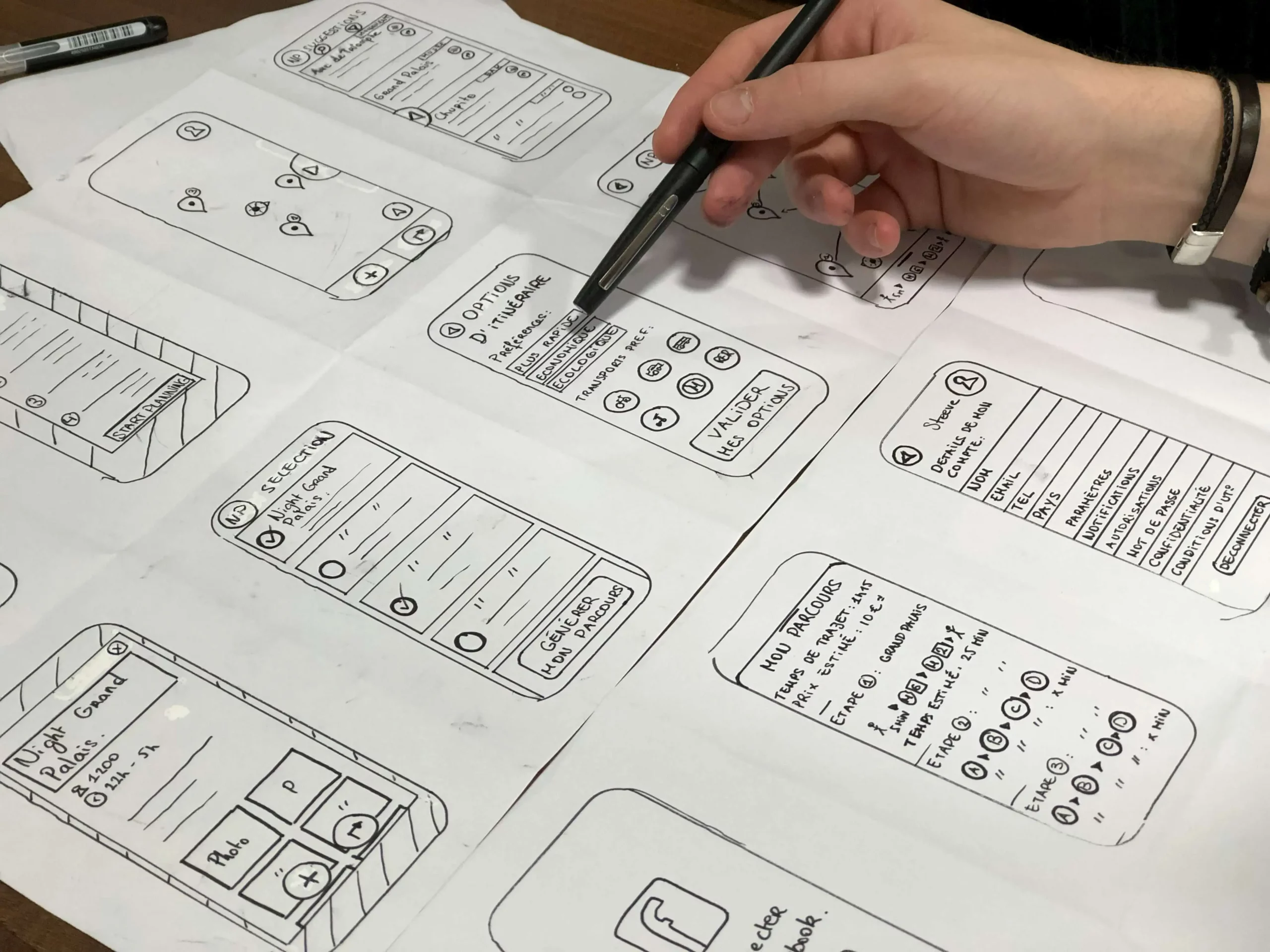
Surprisingly, it is still commonplace for websites to be designed based on the preferences and opinions of the company director or marketing team with little or no insight from the actual end-users. But without consulting your audience, how do you know what they really want? What is user experience and how does it affect your end product?
While a nice website design might, on the face of it, seem to constitute a good website, if people can’t easily find the information they are looking for, or they become confused and frustrated when navigating around a site, it doesn’t matter how good the site looks, if it is unusable, the user will go elsewhere.
What Is User Experience?
User Experience is a broad discipline that has the goal of understanding the web users of a site and optimizing their online experience to be effortless and efficient.
Peter Morville created a UX Honeycomb which identifies the different facets of User Experience. He states that in order for a valuable and meaningful user experience to existing the information should fulfill the following qualities.

However, the discipline of UX is often subject to common misunderstandings as Calgar Araz explains;
Subjectivity – It’s About The User, Not The Object
“Usability exists in the experience of the person if the person experiences a system as usable, it is. A commitment to designing for people means that, at the base, we must accept their judgment as to the final criterion for usability […] The starting point for usability engineering must be the uncovering of user experience.”
Contributing Agents
The user, the object …and the context. Elements contributing to the user experience include:
- The ‘Object’, might be a website, portal, or app or it could also be a service;
- The ‘User’ and their needs, motivations, expectations, and predispositions;
- The ‘Context’, is the location, time, culture, device, and scenario in which they are interacting.
These three agents not only contribute individually but also integrate with each other to affect the user experience, and as such, they all need to be considered when thinking about UX.
Singular And Accumulated Experiences
The widely accepted definition of UX by Norman and Nielsen states that:
“User Experience encompasses all aspects of the end-user’s interaction with the company, its services, and its products.”
This means that it isn’t about a single, isolated event or interaction which affects the UX, but in fact, each experience builds upon one another.
How Does UX Work?

To create something that is considered a good user experience, it needs to combine various elements of research, insights, and user-centric design. The following aspects are just some of the tools and techniques that can be used to help create a good user experience:
Research
Just like you wouldn’t launch a new product on the market without any research, the same applies for a new website or application. Insights can be gathered from a variety of sources such as users, stakeholders, competitors (direct and indirect), and raw data e.g. analytics or heatmap statistics.
User insight
Gaining a deep understanding of the wants, needs, expectations, and frustrations of your key ideal customers will help to develop user profiles or ‘personas’. Personas are used throughout the UX, design, and development process to ensure that decisions are made whilst taking into consideration the users.
User Journeys
By understanding the goals of the different ‘Personas’, you can then map the tasks that they undertake to reach their goal and take into consideration the different contexts in which they are using the site. Armed with this insight, it is possible to plot the user journeys, test them, and then optimize them. This is particularly valuable for key journeys such as an online purchase, content download, complex form filling, or quote engines.
Identifying barriers and obstacles which affect the experience or hinder conversion and then reducing or removing them, will make your site or application so much more enjoyable to use, meaning web users will return and recommend your site.
Testing and Refinement
No website or application will ever always be perfect and that is because user expectations continue to evolve. You can’t simply invest in the research and insights for your site at the beginning and think that the job is done. As consumers are exposed to more digital experiences, they will start to expect more from every site they visit.
In order to ensure that your site at least meets their expectations, you need to stay up to date with what your users want. A regular cycle of testing and improvement will also help avoid huge capital investments for a new web project every three or four years.
How Can UX And UI Help Make The Web Better?

Simply by understanding what users want and not relying on assumptions, you can deliver an experience that really fulfills their expectations, whether it is in the form of a website, application, intranet or portal, investment in UX will help bring up the standards of the web for everyone.
What Does It Mean For The Future?
With Google having introduced mobile indexing in 2018 and the significant increase in mobile device usage, optimizing the user experience for mobile is vital. Mobile-first design is where you start within the confines of mobile screen size and ensure that the full online experience is still delivered. Using the features and functionalities which are found in phones natively such as the GPS and camera can bring opportunities to businesses that want to lead the way in innovative digital solutions.
Author Bio
Matt Oxley is co-founder and Director of the award-winning User Experience (UX) and digital agency DotLabel. Matt comes from a creative design background with a passion for user-centered digital experiences. In his career, Matt has held the role of Creative Director at agencies Intercea and NetSitePro providing expert advice to household brand names such as GlaxoSmithKline and Scottish Courage.

